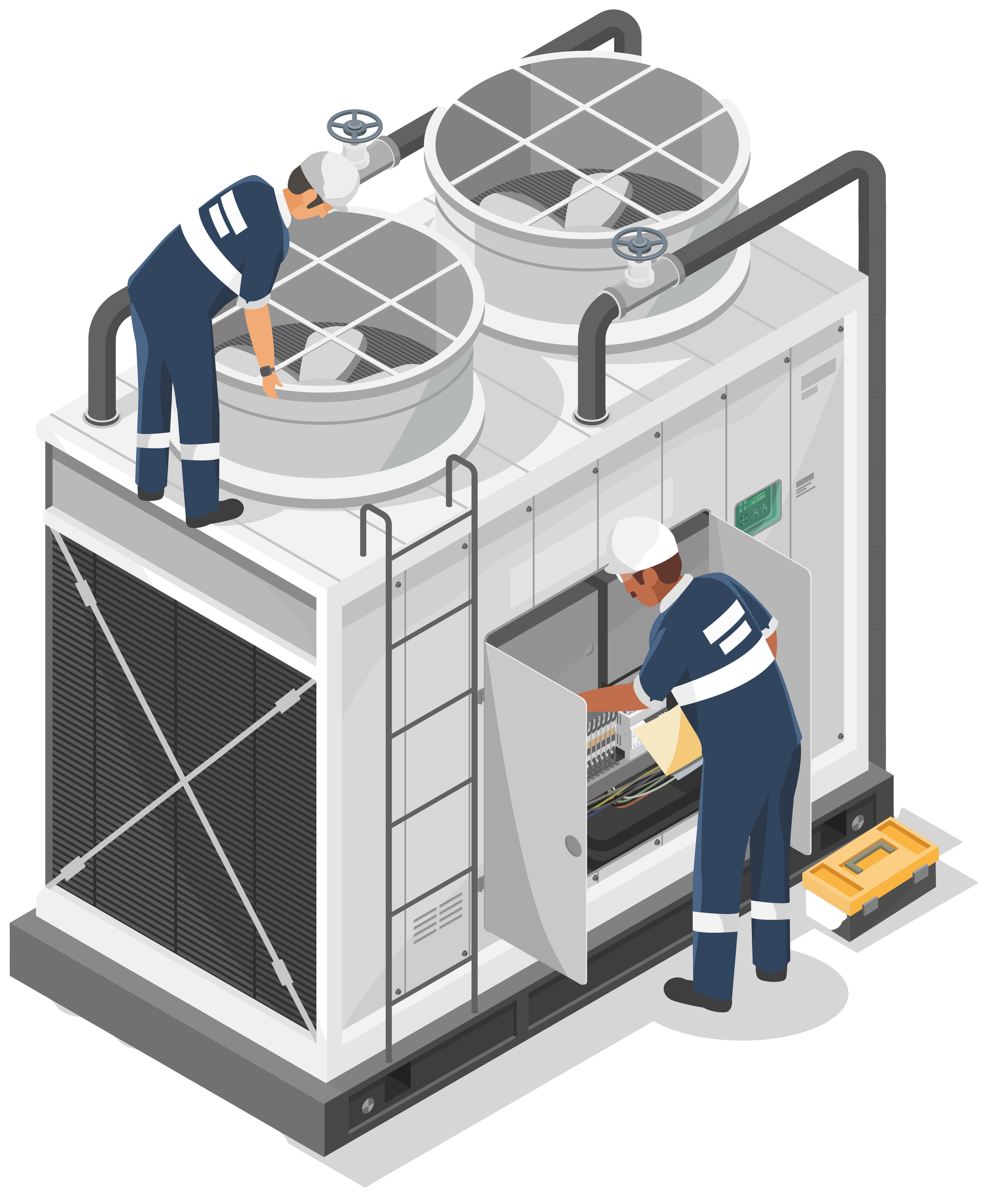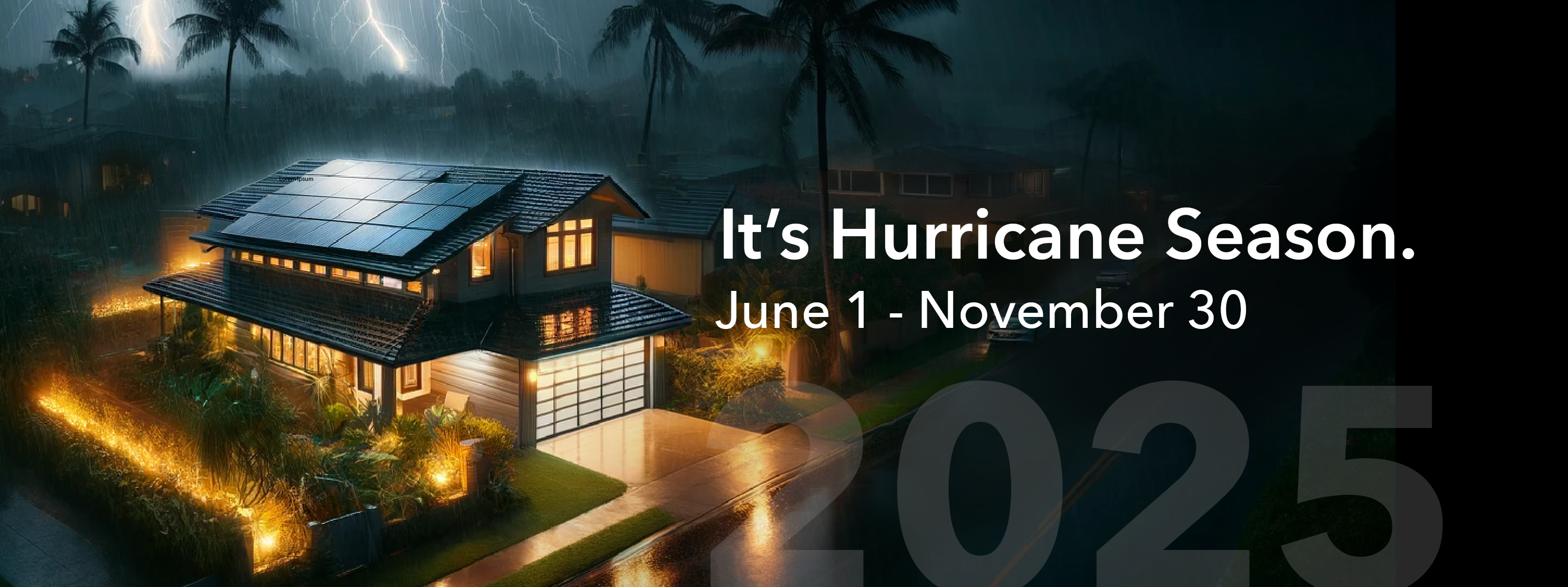Regular maintenance of your Solar PV system ensures it continues to perform efficiently and effectively. Below is a detailed list of what you can expect from our technicians when you schedule a PV+ Battery Preventative Maintenance with Revolusun.
What to Expect
We are pleased to offer the following services as part of our PV + Battery Maintenance. Here’s what to expect from our RevoluSun Smart Home Specialist:
- Inspection of Solar Panels
- Cleaning of Solar Panels
- Inspection of Inverters
- Cleaning of Inverters
- Visual Inspection of the Conduit
- Monitoring System Check (if applicable)
- Monitoring Troubleshooting (if needed)
Cleaning & Inspection of Solar Panels
• Surface Debris Removal: Clear leaves, dust, and other debris from panel surfaces.
• Spot Cleaning: Address hard-to-remove spots, such as bird droppings or residue.
• Visual Damage Check: Inspect for cracks, chips, or other signs of wear.
• Frame and Mount Inspection: Check that panels are securely mounted and undamaged.
• Performance Check: Test output before and after cleaning.
Cleaning & Inspection of Solar Inverters
• Dust and Debris Removal: Carefully clean off dust, dirt, or cobwebs.
• Ventilation Check: Ensure inverters have proper airflow to avoid overheating.
• Connection Inspection: Check wiring and connections for tightness and corrosion.
• Electrical Testing: Test for any voltage irregularities or signs of malfunction.
• Enclosure Check: Inspect for cracks, weathering, or insect infestations.
Visual Inspection of Conduit
• Conduit Integrity Check: Look for cracks, breaks, or visible damage to the conduit.
• Sealing Inspection: Ensure all joints and connections are sealed properly.
• Rust and Corrosion Check: Look for signs of rust or corrosion, especially on metal parts.
• Alignment Verification: Confirm conduit alignment to prevent strain on connections.
• Electrical Wiring Examination: Check for exposed wiring or wear inside the conduit.
PV Monitoring System Check (if applicable)
• System Status Review: Confirm that the monitoring system is actively tracking performance.
• Data Accuracy Check: Ensure data reflects real-time energy production accurately.
• Alert and Warning Check: Look for any alerts or warnings on system performance.
• Communication Testing: Verify connectivity between the system and monitoring device.
Troubleshooting (if needed)
• Identify Issue Source: Determine whether the problem is with hardware, software, or connectivity.
• Check System Connections: Inspect and secure any loose or disconnected wires or components.
• Reboot Monitoring System: Restart the monitoring system to reset and clear minor glitches.
• Test Data Transmission: Verify that data is being sent accurately from the inverter to the monitoring platform.
• Update or Reconfigure Software: Apply any necessary software updates or adjust settings for accurate tracking.
Customer Report
A detailed, customer-facing report with all findings.













